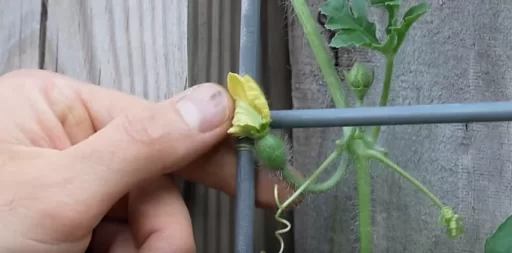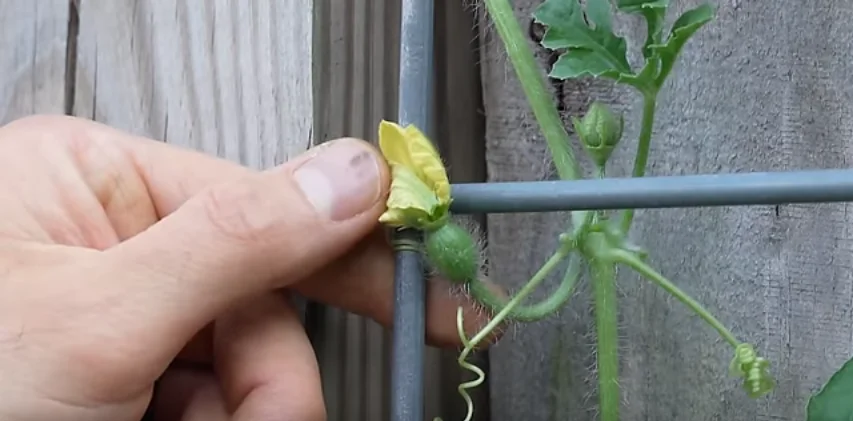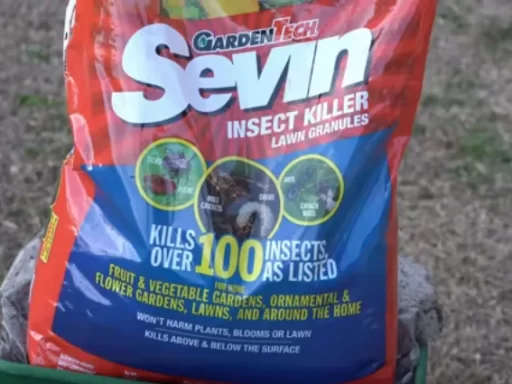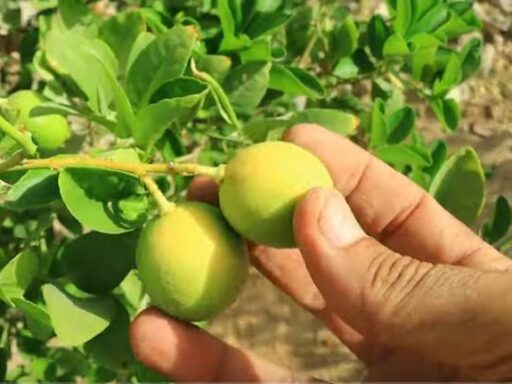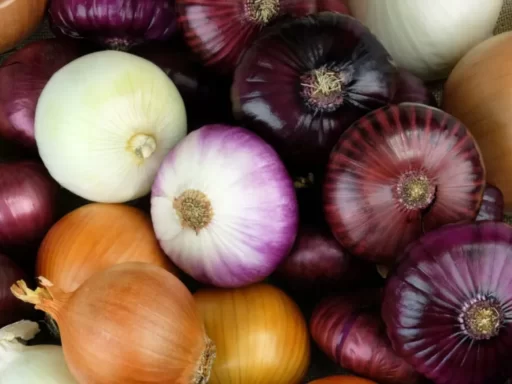As spring approaches, many gardening enthusiasts eagerly prepare for the growing season. The cucurbit family, which includes cucumbers, melons, and squashes, is a popular choice for many gardeners due to their delicious fruits and vibrant growth. This comprehensive guide will provide essential information on how to successfully grow these plants from seed, covering everything from seed selection to transplanting and beyond.
Understanding the Cucurbit Family
The cucurbit family, also known as the gourd family, consists of a variety of plants that thrive in warm weather. This family includes not only cucumbers and squashes but also melons such as watermelons, cantaloupes, and honeydews, as well as pumpkins and numerous other varieties. Understanding the unique characteristics of these plants will help you cultivate a bountiful harvest.
Timing is Everything
One of the most significant challenges new gardeners face is knowing when to start their cucurbit seeds. A common mistake is sowing cucurbit seeds at the same time as other warm-weather vegetables, such as tomatoes and peppers. While both cucurbits and nightshades (like tomatoes and peppers) are staples in many gardens, their growing requirements differ significantly.
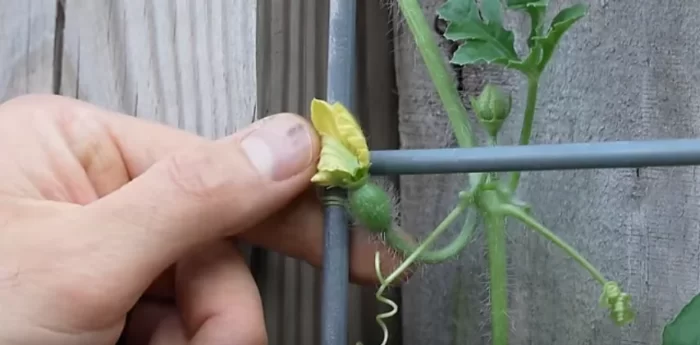
Tomatoes and peppers are from the nightshade family and originate from subtropical regions, allowing them to tolerate cooler nighttime temperatures. These plants can handle temperatures dipping into the low 40s without suffering significant harm. In contrast, cucurbits are not as resilient. They require warmer nighttime temperatures and can be severely damaged by cold nights. Planting cucurbits too early can lead to yellowing leaves and eventual death of the plants.
For most gardeners, it’s best to wait two to four weeks after the last frost date to transplant cucurbits into the garden. This ensures that nighttime temperatures are consistently above 50°F, providing an optimal growing environment for these sensitive plants.
A Seed Starting Schedule
Here’s a helpful seed starting schedule for cucurbits:
- One week before the last frost date: Start sowing cucurbit seeds indoors.
- After the last frost date: Transplant cucurbits into the garden, ensuring temperatures are warm enough.
It’s important to note that if you miss this window, starting your seeds a little late is not detrimental; cucurbit plants can catch up in growth as the season progresses.
Preparing to Plant Seeds
Before planting, organization is key. Make a list of the different varieties of seeds you plan to grow and the quantities required. Lay out your seed packets in the order you’ll be planting them to streamline the process.
When it comes to planting medium, peat pellets are an excellent choice. They provide a sterile environment that reduces the risk of damping-off disease, which can be fatal to seedlings. Pre-hydrating the peat pellets with warm water allows them to expand and become ready for planting.
Essential Tools
- Chopstick: This tool can be a game changer for planting seeds. Use it to fluff the planting medium and pick up seeds easily by moistening the tip, allowing for precise placement in the planting trays.
Planting Cucurbit Seeds
Once your planting medium is prepared and your seeds are organized, it’s time to plant. Follow these steps:
- Overseeding: Place two seeds in each peat pellet. This technique increases the chances of germination, as seeds do not always have a 100% germination rate. If both seeds sprout, you can thin them out later.
- Embedding Seeds: Using the chopstick, press the seeds about a quarter inch into the peat pellets. For larger seeds, you can use your fingers to cover them adequately.
- Temperature Control: Place the trays in a sunny location or on a seedling heat mat, which is crucial for maintaining the warm soil temperatures cucurbits need for germination.
Germination and Growth
After planting, you can expect significant germination within three to four days. Keep an eye on the trays, and if you notice that seedlings are becoming leggy due to inadequate light, it may be necessary to move them to a brighter location.
As your seedlings grow, it’s essential to monitor their progress. When the seedlings reach a height suitable for up-potting, typically a few inches tall with a healthy root system, it’s time to transplant them into larger containers.
Up-Potting Your Transplants
Up-potting is the process of transferring seedlings from their initial small containers to larger ones. Here’s how to do it effectively:
- Maintain Organization: Keep track of your seedlings to avoid mixing them up. Proper labeling is crucial during this process.
- Prepare Larger Containers: Fill the new pots with a homemade potting mix, combining peat moss, cocoa coir, and perlite for excellent drainage and aeration.
- Gentle Transplanting: Carefully remove the seedlings from their peat pellets. Although some roots may break during the process, cucurbits are vigorous and will recover quickly.
- Settling in: After up-potting, ensure that your seedlings are placed back in a warm, sunny location, providing them with the best chance to thrive.
Final Thoughts
Successfully growing cucumbers, melons, and squashes from seed requires careful planning, attention to timing, and proper care during the germination and transplant stages. By following this guide, you can set yourself up for a fruitful gardening season filled with delicious harvests.
Frequently Asked Questions
- When should I start my cucurbit seeds indoors?
- It’s best to start your seeds one week before your last frost date.
- What type of soil is best for growing cucurbits?
- A sterile planting medium like peat pellets is recommended for optimal germination.
- How can I prevent damping-off disease in seedlings?
- Using sterile planting mediums and ensuring proper airflow can help prevent this disease.
- Why are my cucurbit seedlings leggy?
- Legginess is often caused by insufficient light; move them to a brighter location if necessary.
- How do I know when to up-pot my seedlings?
- When seedlings are a few inches tall and have a healthy root system, it’s time to up-pot them.
- Can I start cucurbit seeds too late in the season?
- Starting seeds a little late is not detrimental; plants can catch up as the season progresses.
- What should I do if both seeds germinate in a peat pellet?
- You can thin one out by clipping it off or separating the seedlings gently if they are not too intertwined.

